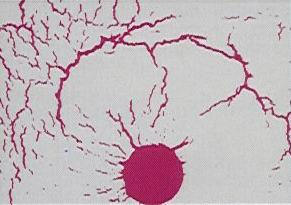|
ASTM
E165-02 |
Standard Test Method for Liquid Penetrant
Examination |
|
ASTM E1208-99 |
Standard Test Method for Fluorescent Liquid
Penetrant Examination Using the Lipophilic
Post-Emulsification Process |
|
ASTM E1209-99 |
Standard Test Method for Fluorescent Liquid
Penetrant Examination Using the Water-Washable
Process |
|
ASTM E1219-99 |
Standard Test Method for Fluorescent Liquid
Penetrant Examination Using the
Solvent-Removable Process |
|
ASTM E1316-02a |
Standard Terminology for Nondestructive
Examinations |
| ASTM E-1418 |
Test Method for Visible Penetrant Examination
Using the Water-Washable Process" |
|
ASTM E1417-99 |
Standard Practice for Liquid Penetrant
Examination |



